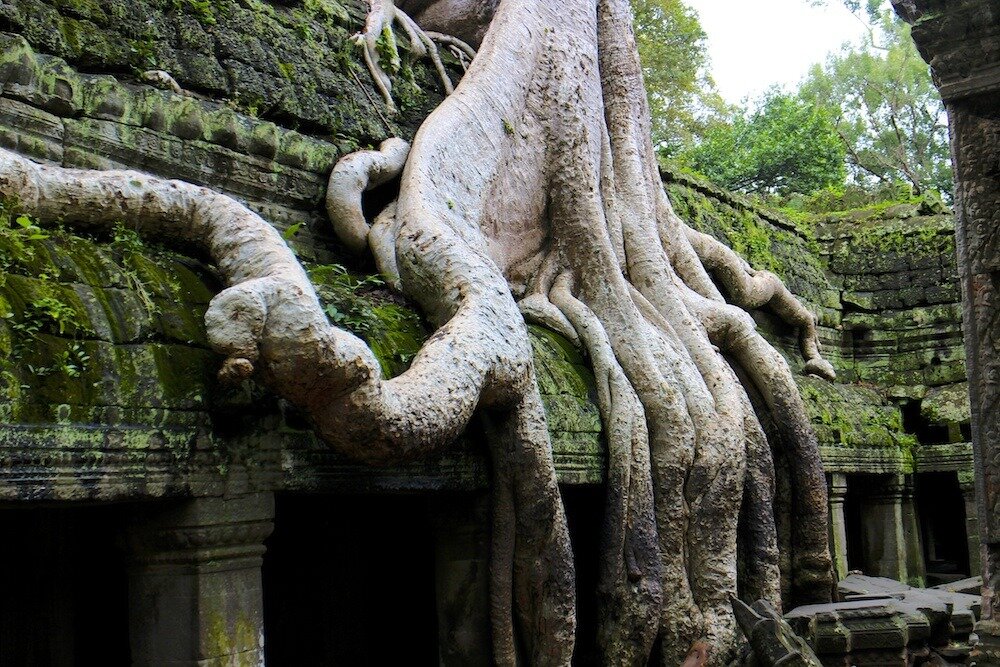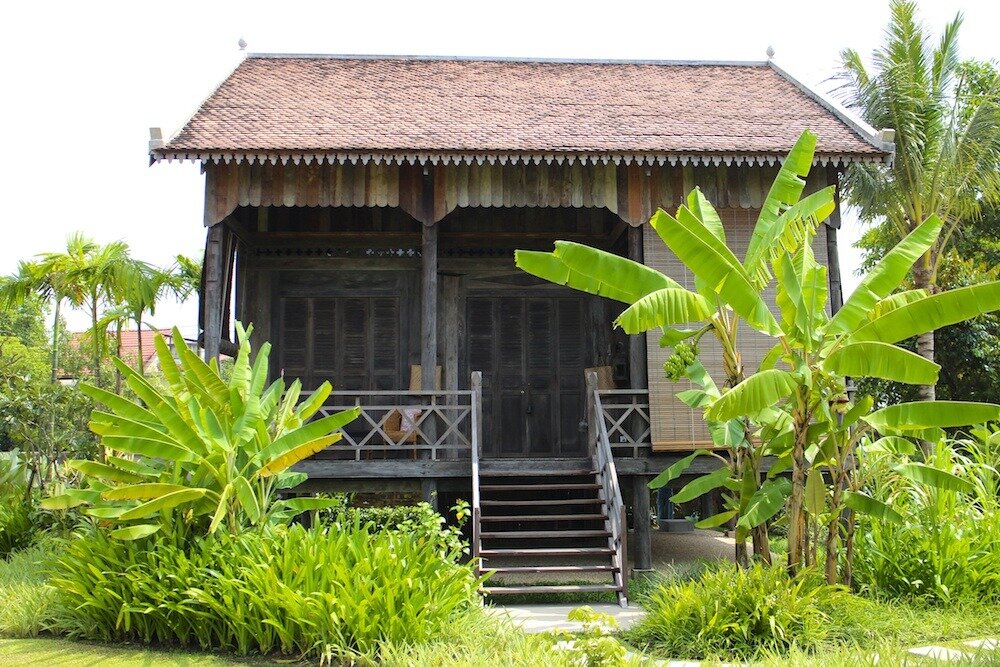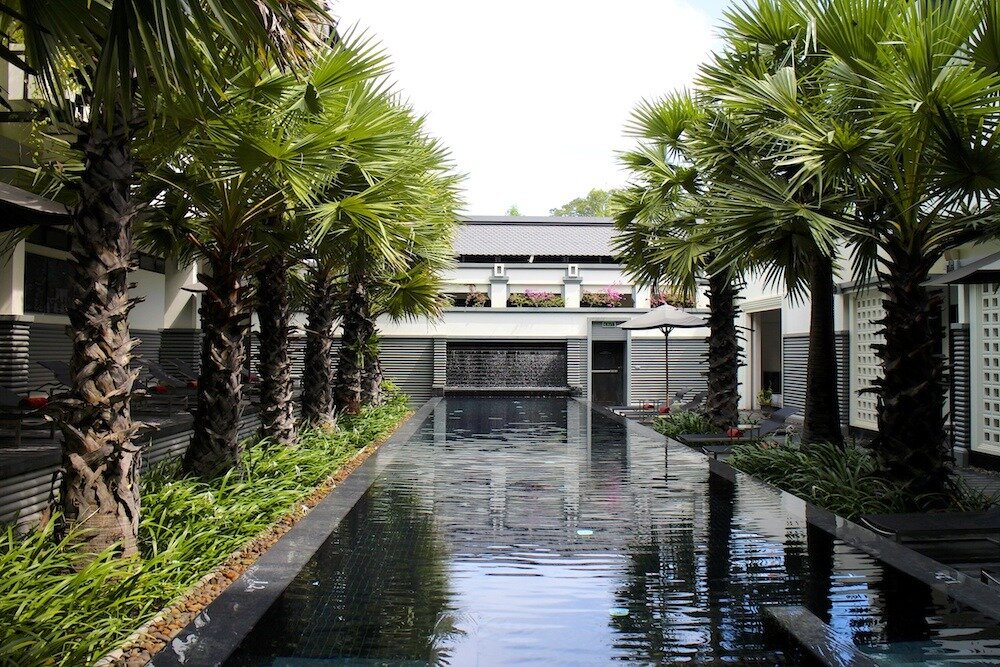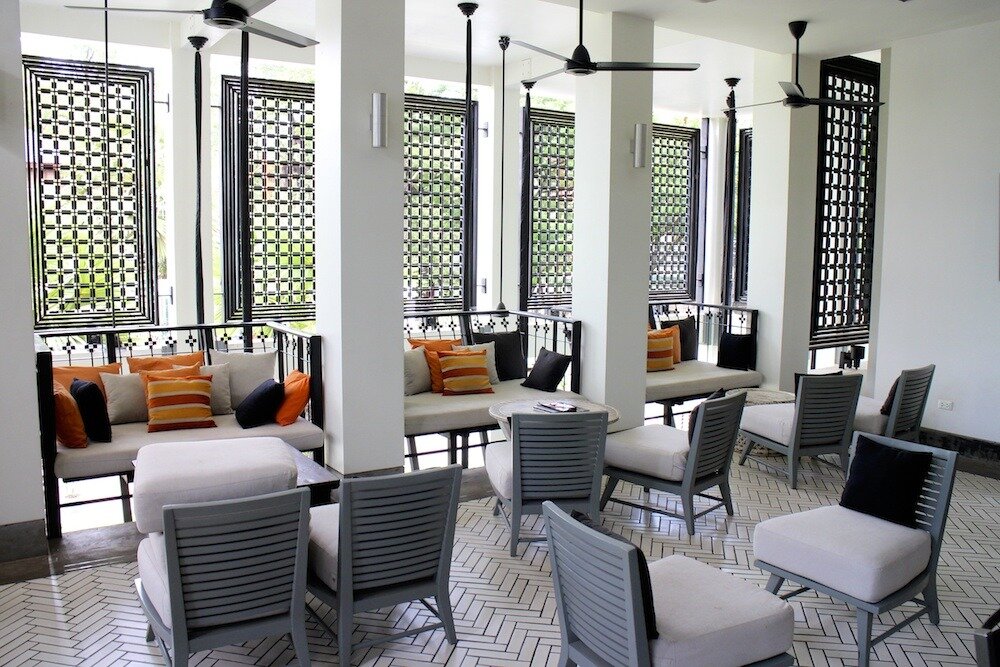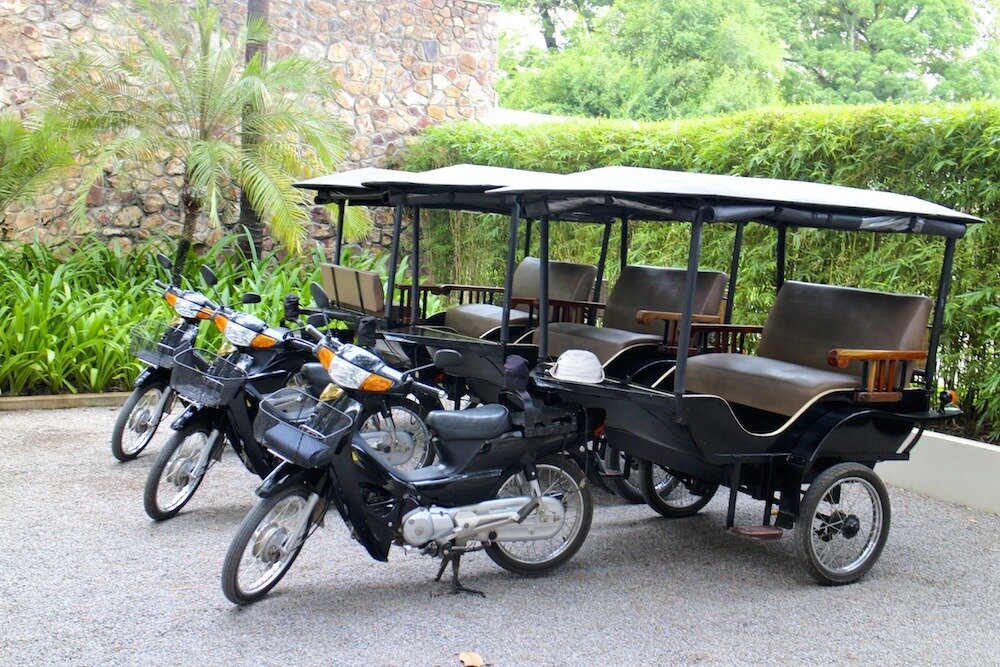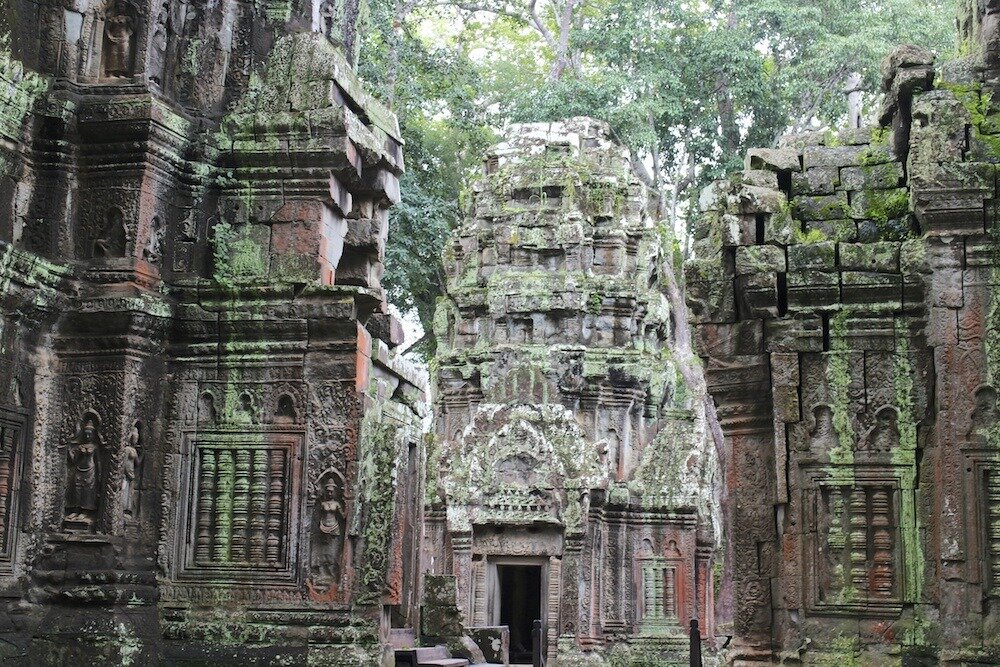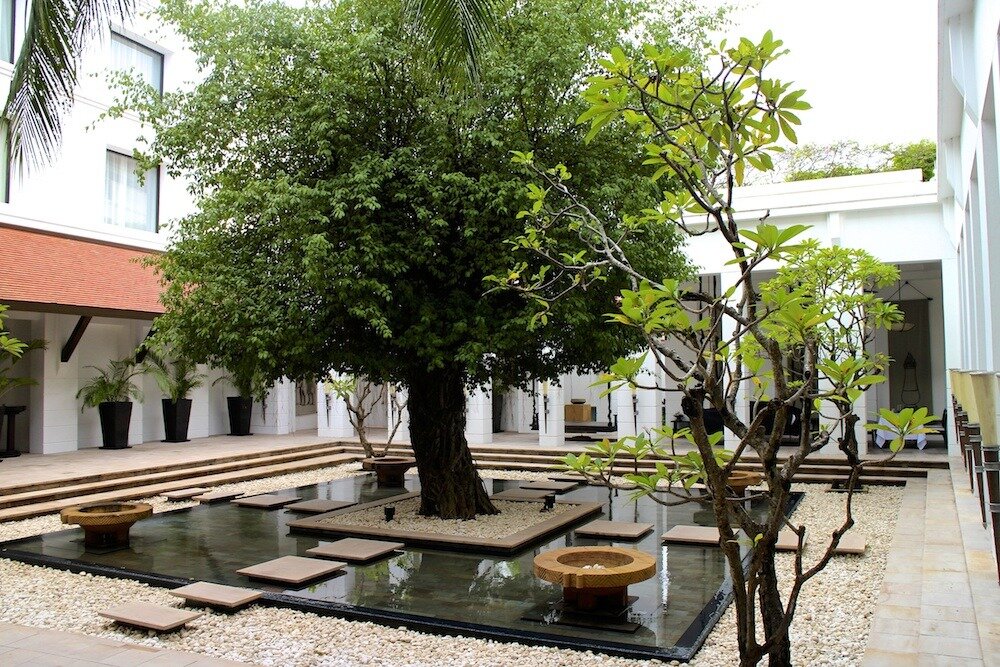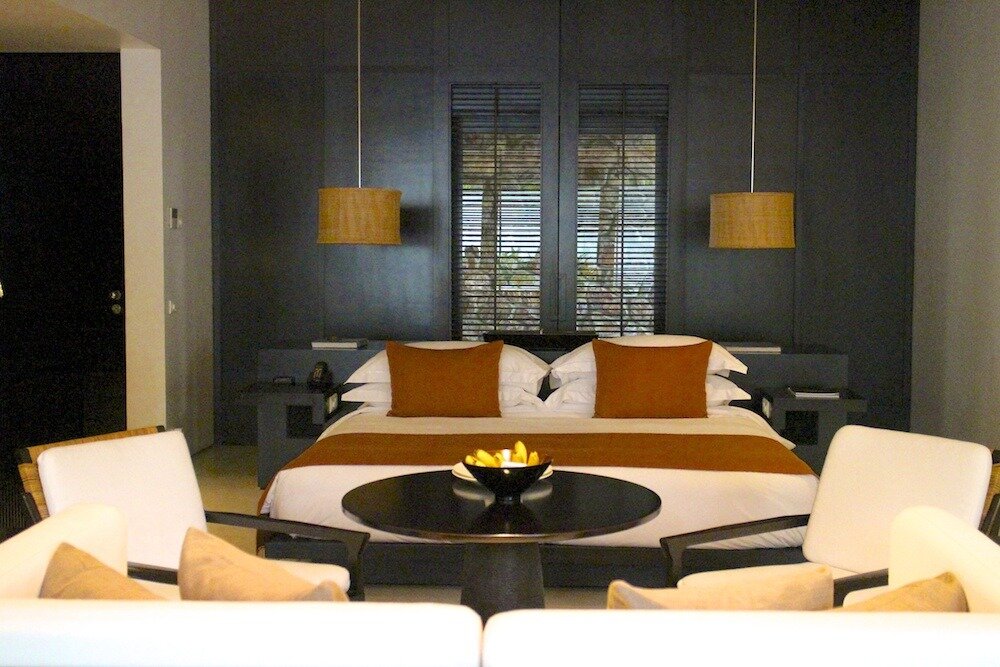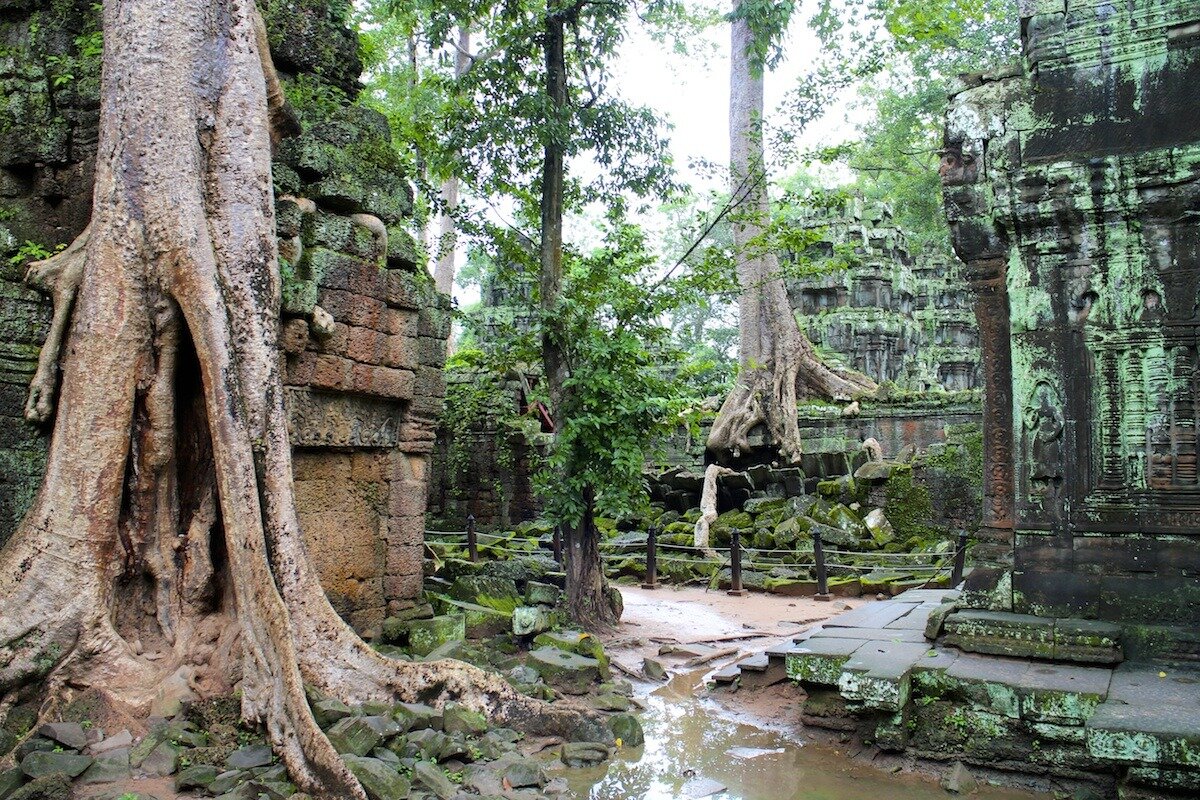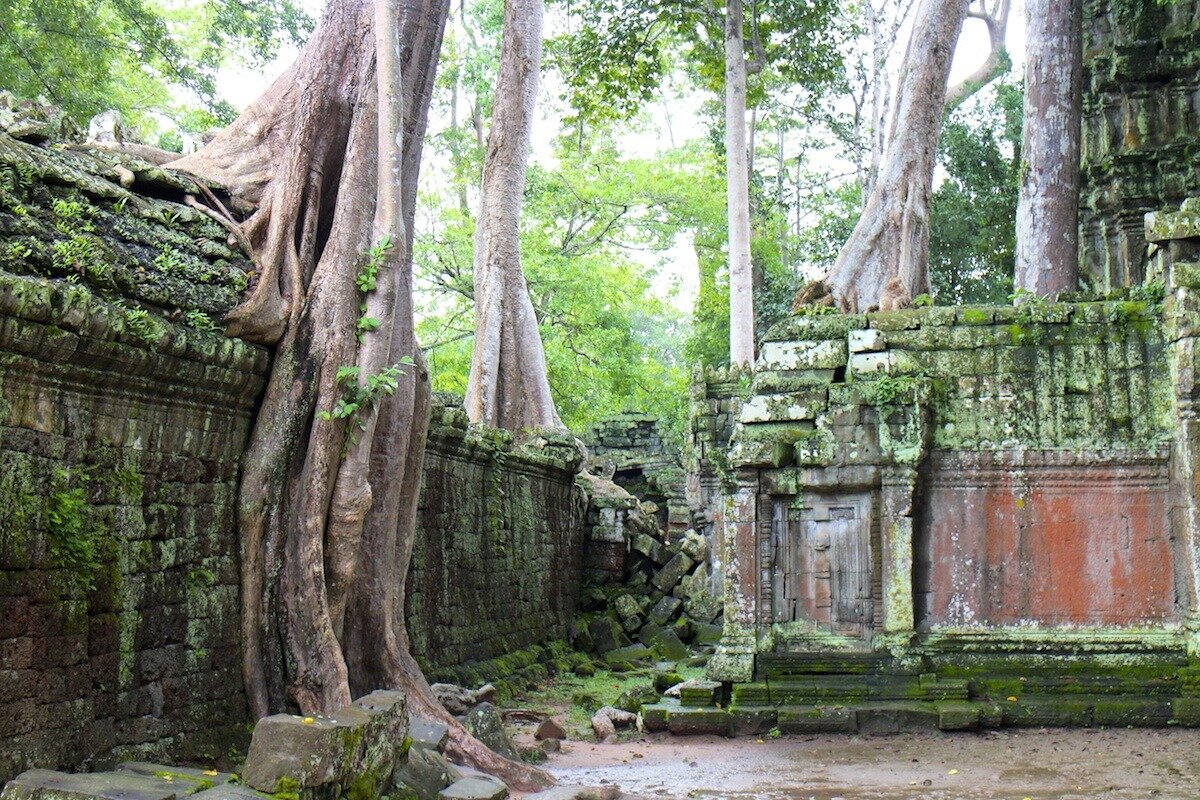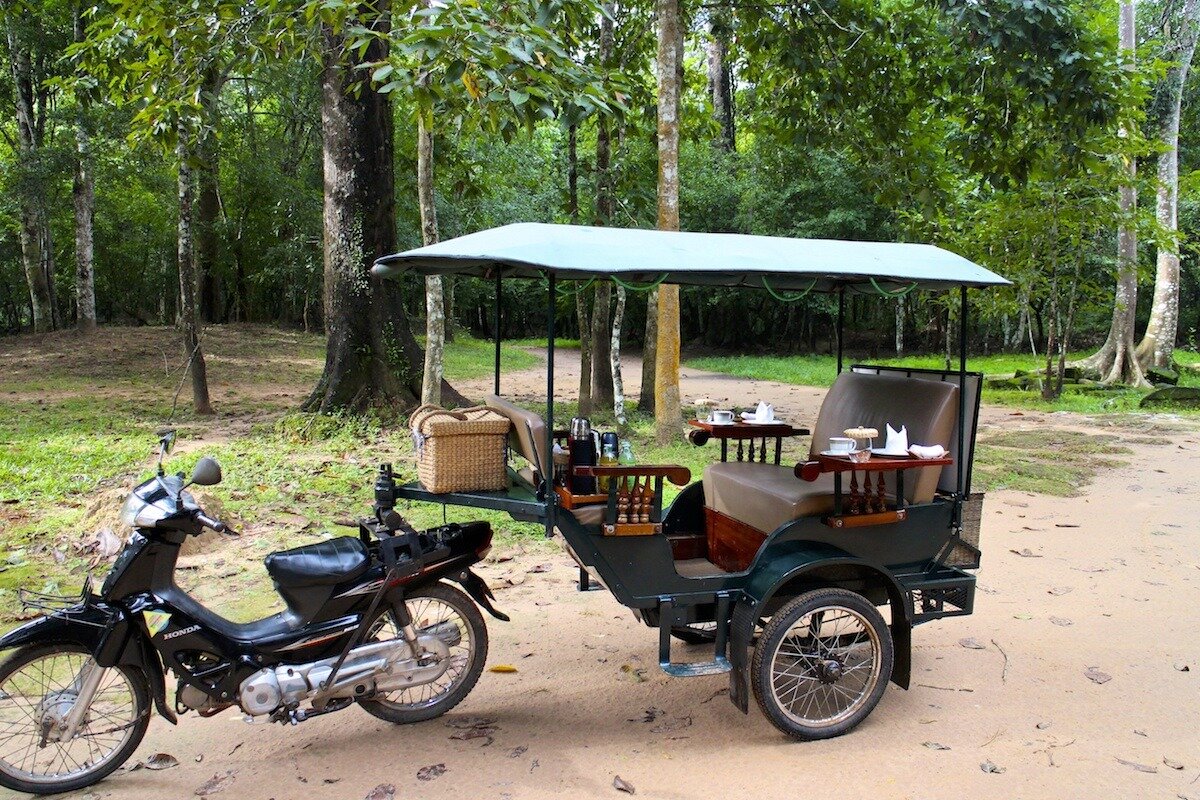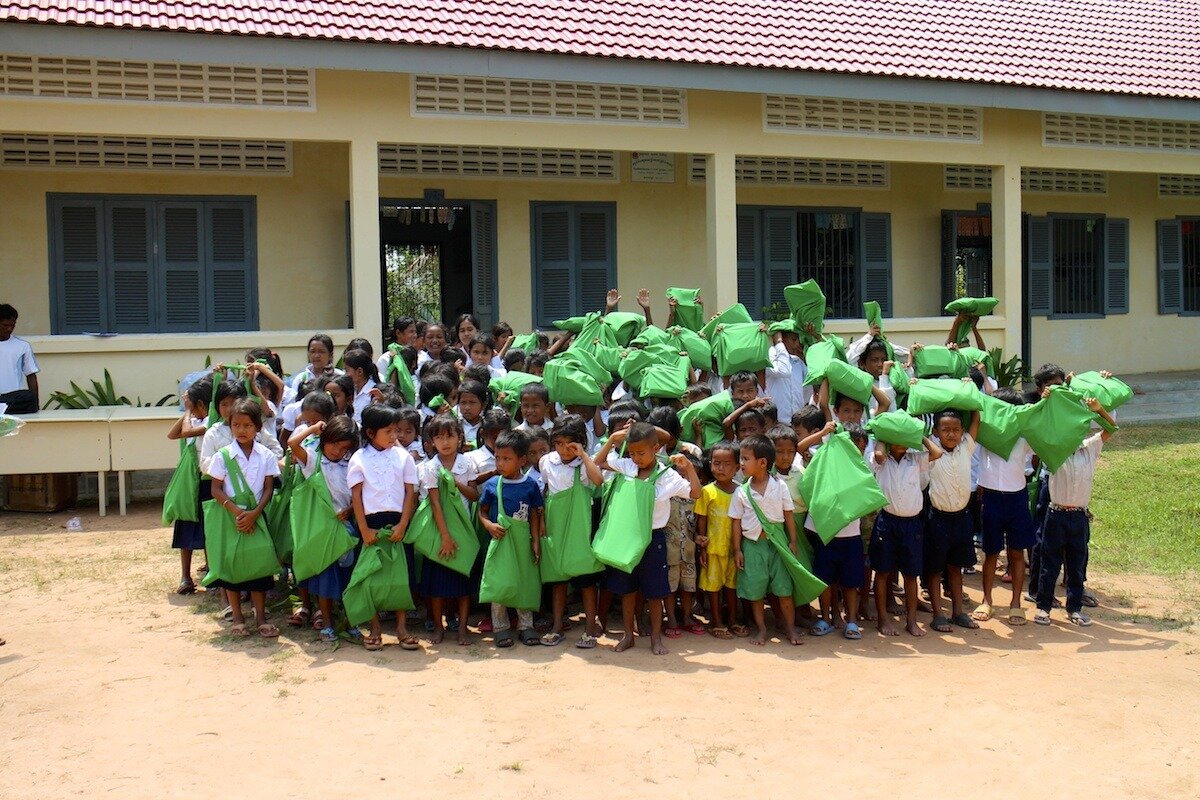Siem Reap Angkor Wat Cambodia Travel
Siem Reap, Cambodia and Angkor Wat
At the Crossroads of Culture & Wonder
“A place of mysterious jungle temples, intricate architectural ruins, mesmerizing scenery and remarkable beaches, Cambodia is a burgeoning destination that beckons to those eager for incomparable natural beauty and authentic cultural immersion. Whether enjoying the vibrant dining and nightlife scene in the bustling city of Siem Reap, exploring the archeological treasures at Angkor Wat, or gliding among the ethereal floating villages and diverse bird and marine life found at Tonle Sap Lake, our Cambodia tours are designed to engross travelers in the deep history and glorious gems hidden within what remains one of the world’s most un-trekked environments, while at at the same time giving back to local communities in need, and contributing to the growth of a sustainable, enlightened market for tourism.”
WHAT WE LOVE
Explore Angkor Wat: One of Southeast Asia’s most impressive archeological sites, Angkor Archaeological Park contains over 250 square miles of ancient ruins and relics of the Khmer Empire, which thrived between the 9th and 13th centuries. Epic Road will arrange for a scholar guide steeped in Khmer tradition, who will take you on an intimate tour of this massive complex that features the amazing Angkor Wat Temple, with its five intricate towers spiraling towards the heavens; Angkor Thom, a magnificent walled city; and the massive stone face sculptures that jut from the beautiful Bayon Temple, which sits in the center of Angkor Thom. The entire Angkor Wat Park provides a fascinating window into history, and into a culture that to this day is still highly misunderstood.
Temples Off the Grid: Venture off-the-beaten path in Angkor and discover some more remote archeological gems: Ta Nei, accessible only by foot, was built in the 12th century and is a centerpiece of Buddhist culture in Cambodia. And Banteay Srei—literally the “Citadel of Women”—pre-dates Angkor Wat by 150 years, and features detailed renderings of nymph-like carvings that strut forward from the temple’s pink sandstone walls.
Ta Prohm at Sunrise: One of the most visited temples in Angkor, Ta Prohm was built between the 12th and 13th centuries, and today stands nearly intact encircled by centuries of jungle growth, and supported by massive roots of fig, banyan and kapok trees that have penetrated the stonework at its base. Ta Prohm is is especially enchanting in the early morning, when the light is soft, the grounds are nearly empty, and the atmosphere is at its most serene.
Well Donation at Siem Reap: Epic Road partners with several different NGOs to facilitate well donations around the city of Siem Reap, where safe running water remains scarce for a significant portion of the population. Support can be facilitated at various levels of engagement—from financial donations in advance that you can observe in action once you are on the ground, to a day spent in an impoverished community helping to install a pump and water filter hands on. Epic Road can also arrange its signature Luci Light Drop experience in local schools—so students are provided with the gifts of light and clean water at exactly the same time.
Tonle Sap by Boat: The largest freshwater lake in Southeast Asia, fed by the Mekong River, Tonle Sap is unique for its seasonal reversal of direction and depth. The rainy season—when on average the lake expands more than ten times in size—creates excellent conditions for spawning fish and irrigating the rice paddies that thrive inland. Take a low-impact boat tour and glide silently among the “floating villages” of stilted homes that arise from the lake waters, catching sight along the way of the diverse fish and birdlife that populate the lake, including a number threatened species such as the Spotted-Bill Pelican, Siamese Crocodile and Giant Mekong Catfish.
Dining in Siem Reap: After a long day spent exploring archaeological and ecological wonders, Siem Reap offers an eclectic array of restaurants where you can sit back and enjoy outstanding fusion cuisine that embellishes regional foods and flavors with a touch of European—often French—flair. Some of our favorites include AHA, a restaurant and wine bar in a charming passageway of the Old Market, which offers a creative menu of Khmer and Western-inspired tapas, paired with a premier list of vintage wine. And The Sugar Palm, located in a cozy traditional wooden house, where the chef uses recipes passed down from her mother and grandmother to create a dining experience that is considered the most authentic in town.
REST & REJUVENATE
Park Hyatt Siem Reap: A hideaway in the heart of Siem Reap, the gracious hospitality, attention to detail, and top line amenities—all within walking distance of the boutiques, restaurants and other diversions in the Old French Quarter—has established this property as one of the city’s most exclusive addresses. All rooms include a view of the beautifully landscaped courtyard with 100-year old Banyan trees, and the suites come equipped with private terraces and plunge pools. Throw in one of the most luxurious spas and highly-rated restaurants in town, and guests at the Park Hyatt have every reason to never leave the grounds.
La Residence d’Ankor: La Residence d’Ankor is an intimate urban hideaway surrounded by magical gardens of palms, bougainvillea and frangipani in the center of Siem Reap. The hotel’s riverside location offers stunning views from all rooms, along with a fabulous saltwater pool nestled in the tropical foliage, and a spa offering a menu of ancient Cambodian healing treatments and meditation sessions. Definitely don’t miss the complimentary water blessing from a Cambodian monk--designed to bring its recipients good luck--and try to take advantage of the hotel’s offerings of cultural tours, dance performances and cooking classes.
Shinta Mani Resort: Built around a courtyard that features a delightful focal-point pool and tropical gardens, Shinta Mani Resort exudes relaxed luxury. The 62 rooms and junior suite all have balconies or patios overlooking this peaceful, relaxing refuge. The spacious accommodations are styled with custom-designed iron beds, handcrafted light fittings, original artwork and mirrored feature walls, as well as a host of technologies. The resort’s restaurant offers a menu of international comfort foods and Khmer street foods. There’s a spa in the Shinta Mani Club opposite the resort that uses treatments based on Khmer healing rituals combined with modern techniques. The resort is also a leader in responsible tourism and supports the local community through its Shinta Mani Foundation, which provides funding for education, small business start-ups and healthcare.
Sala Lodges: Eleven wooden houses on stilts, saved from the Cambodian countryside, painstakingly dismantled, rebuilt and restored--these comprise Sala Lodges, a most unique boutique hotel in Siem Reap. Each distinctive home has its own unique history, designed as oases of simplicity and splendor. The storybook village quality to the property is enhanced by lush winding pathways, and common buildings that house a gourmet restaurant and open-air lounge, where guests dine on fresh fish, vegetables and meats from the local market.
Raffles Grand Hotel d’Angkor: Old-world grandeur meets modern luxury at Raffles Grand Hotel d’Angkor, a legendary hotel located across from the Royal Palace. Expect a royal reception the moment you enter the lobby of this Art Deco gem, which features a cage elevator, black-and-white tiled floors and whirling ceiling fans, creating a distinctive 1930s vibe--including 24-hour butler service! Surrounded by 15 acres of French gardens, the property also includes the highly-regarded Restaurant Le Grand, renowned for its royal Khmer cuisine, and the Elephant Bar, a storied meeting spot for elites during Cambodia’s colonial era.
Amansara: Located just 10 minutes from the entrance to Angkor Archaeological Park, Amansara is a resort built on luxury, and steeped in history. Originally constructed in 1962 as a guesthouse for visitors of King Norodom Sihanouk, the resort today is comprised of 24 spacious suites, each exquisitely decorated with outdoor courtyard, and some with private plunge pools. The gorgeous dining room--where global dignitaries were once wined and dined--now offers all guests a celebrated menu of Khmer and Western dishes, as well as a walk-in wine and cheese cellar where guests can make their own selections.
Maison Polanka: Set on a private family estate in a quaint riverside village, Maison Polanka is a charming boutique hotel featuring a creative mix of styles and designs. Luxury accommodations are contained within traditional wooden Khmer-style houses--some on stilts--and decorated Art Deco furniture lifted straight from the heydey of the 1950s and early 60s. The resort also features the owners’ private collection of paintings and photographs from Khmer, Asian and European artists, and the Sala bar and restaurant serves Cambodian cuisine made from ingredients culled from the hotel‘s own organic garden and local markets. It’s fun, funky, unexpected and completely welcoming—a hidden haven on the outskirts of Siem Reap.
WHAT TO KNOW
Visas are required for Americans visiting Cambodia. They may be obtained at a Cambodian embassy or consulate prior to your trip or at the airport upon arrival.
Weather in Cambodia is tropical, and temperatures range from 80 to 100 degrees.
The best time to visit Cambodia is during the dry season of October to April. On average the highest rainfall occurs between July and September.
English is spoken in most major tourist areas.
MORE ON LUXURY TRAVEL IN ASIA & CULTURAL TOURS
Mongolia: Naadam and Golden Eagle Festivals
Song Saa Private Island and Beaches of Cambodia
India: Luxury Hotels and Tiger Safaris
Luxury Travel in Japan: Ryokans and Timeless Tokyo
Luxury Travel in Dubai: Burj Khalifa and Palm Island
Luang Prabang and Northern Laos
Luxury Travel in Sri Lanka: Galle, Tea Trails and World-Class Diving
Maasai Walking Safari: A Slow Safari Experience
Omo Valley, Ethiopia: Ancient Culture & Tribal Tradition


